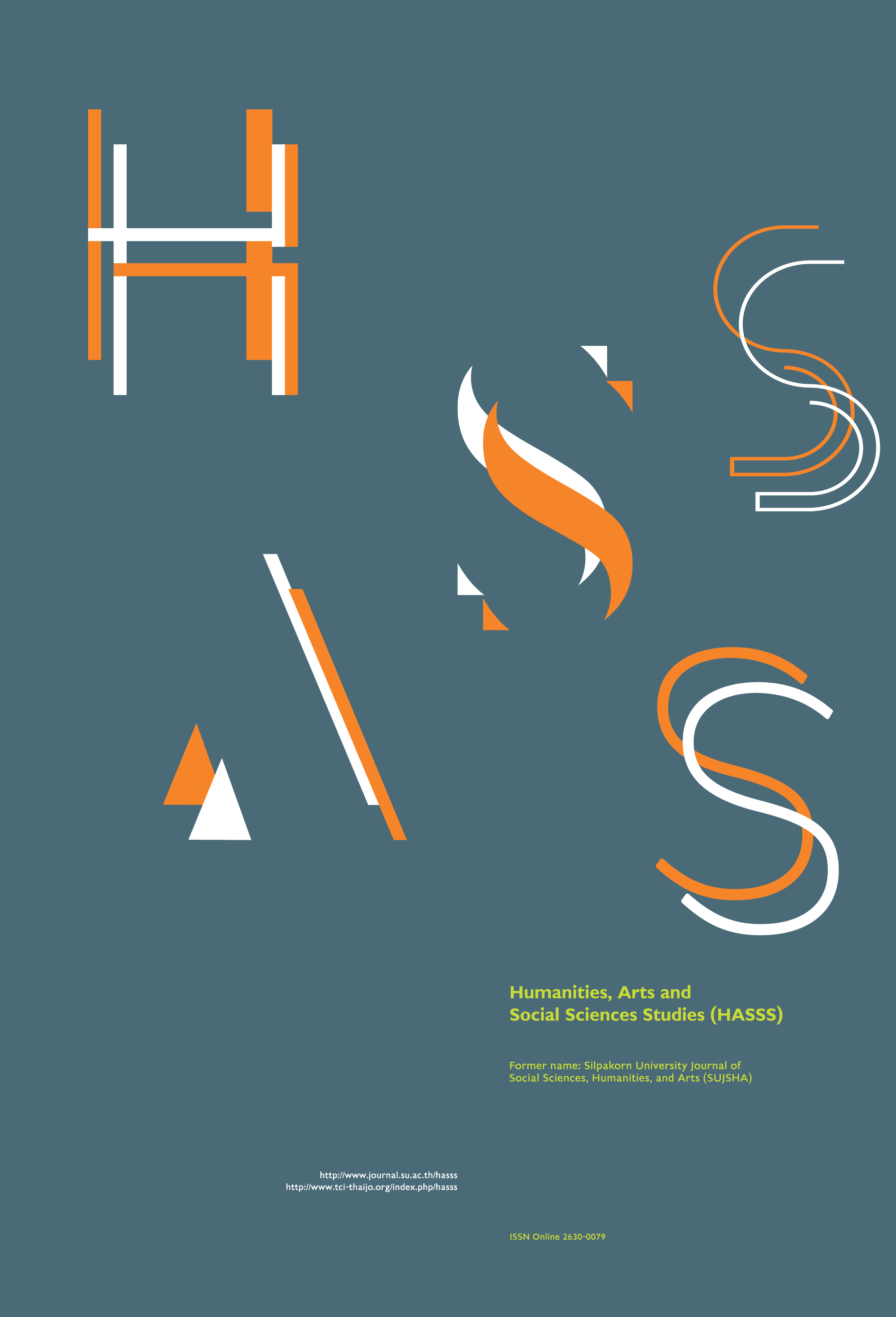Reading in English: What Problems do Students Face in the South of Thailand?
Main Article Content
Abstract
This paper aims at investigating current English reading problems of undergraduate students by using two government universities in the south of Thailand as case studies. The research was designed as a mixed-methods study which employs both quantitative and qualitative methods in data collection. The interview data was used as a supplement to the survey results. There were a total of 377 students who responded to the survey and afterwards the purposive sampling was used to identify twenty students to be interviewed. The findings indicated that the student participants’ reading problem was clearly related to vocabulary. (M=2.63). The participants appeared not to have trouble with sentence structures and other problems: applying necessary skills in reading, connecting prior knowledge to a reading text, or being overwhelmed with negative feelings towards a difficult reading passage. Consequently, this research study suggests that although a current trend of reading strategies instruction has been introduced to the field of L2 reading, language knowledge, particularly vocabulary, should not be underestimated when finding solutions to English reading problems in this context.
Downloads
Article Details
All rights reserved. Apart from citations for the purposes of research, private study, or criticism and review,no part of this publication may be reproduced, stored or transmitted in any other form without prior written permission by the publisher.
References
Akbari, Z. (2014)The role of grammar in second language reading comprehension: Iranian ESP context. Social and Behavioral Sciences, 98:122-126.
Akkakoson, S. (2013)The relationship between strategic reading instruction, student learning of L2-based reading strategies and L2 reading achievement. Journal of Research in Reading, 36:422-450.
Al-Alwan, A. (2012) The Effect of Using Metacognition Reading Strategies on the Reading Comprehension of Arabic Texts. International journal ofapplied educational studies,13(1):1-18.
Alderson, J. C. (1984) Reading in a foreign language: a reading problem or a language problem? In Reading in a Foreign Language, edited by J. C. Alderson and A. H. Urquhart, London: Longman.
Alsamadani, H. (2011) The effects of the 3-2-1 reading strategy on EFL reading comprehension. English Language Teaching, 4(3):184-191.
Auerbach, E. & Paxton, D. (1997) “It’s not the English thing”: bringing reading research into the ESL classroom. TESOL Quarterly, 31(2):237-261.
Chonmaitree, Th. (2011) Developing personal knowledge management strategies throughproblem-based learning. In Paperpresented at the Institute for Knowledge and Innovation Southeast Asia (IKI-SEA) of Bangkok University, Bangkok, Thailand, 27 -28 October: 123 -128). UK: Academic Publishing Limited, edited by V. Ribiere & L. Worasinchai, the Eighth International Conference on Intellectual Capital, Knowledge Management, & Organizational Learning.
Cresswell, J. (2003) Research design: qualitative, quantitative, and mixed methods approaches. California: Sage Publications.
Endley, M. (2016). Proficiency as a variable in Gulf EFL students’ employment of reading strategies. Reading in a Foreign Language, 28(2):183-223.
Graesser, A. & D’Mello, S. (2012) Moment-to-moment emotions during reading. The Reading Teacher, 66(3):238-242.
Khalaji, H. & Vafaeeseresht, K. (2012) The impact of reading strategy training on the reading comprehension of Iranian EFL learners. Journal of Language Teaching and Research, 3(1):135-140.
Koda, K. & Zehler, A. (2008). Learning to read across languages.New York: Routledge.
Jung, J. (2009) Second language reading and the role of grammar. Teachers College, Columbia University Working Papers in TESOL & Applied Linguistics, 9(2): 29-48.
Lems, K., Miller, L., & Soro, T. (2010) Teaching reading to English language learners: Insights from linguistics. New York: The Guildford Press.
Nation, I. S. P. (2009) Teaching ESL/EFL Reading and Writing. New York: Routeledge.
Nezami, S. (2012) A critical study of comprehension strategies and general problems in reading skill faced by Arab EFL learners with special reference to Najran University in Saudi Arabia. International Journal of Social Sciences & Education, 2(3):306-316.
Rumelhart, D. & McClelland, J. (1981) Interactive processing through spreading activation. New Jersey: Lawrence Erlbaum Associates, Publishers.
Talebi, S. (2012) Reading in L2 (English) and L1 (Persian): An investigation into reverestransfer of reading strategies. English Language Teaching, 5(3):217-229.
Walter, H. C. (2003, February 23) Reading in a second language. Retrieved from https://www.llas.ac.uk/resources/gpg/1420
Yang, Y. (2006) Reading strategies or comprehension monitoring strategies? Reading Psychology, 27:313-343.
Zhang, D. (2012) Vocabulary and grammar knowledge in second language reading comprehension: A structural equation modeling study. The modern language journal, 96(4): 558-575.
Zhang, L. & Seepho, S. (2013) Metacognitive strategy use and academic reading achievement: Insights from a Chinese context. Electronic Journal of Foreign Language Teaching, 10(1):54-69.


